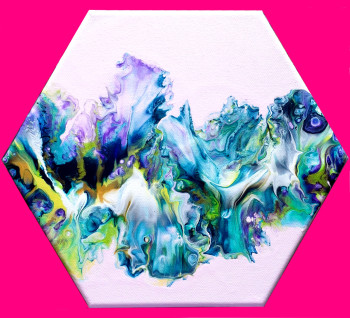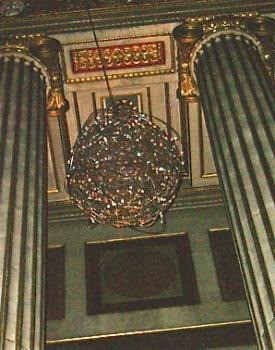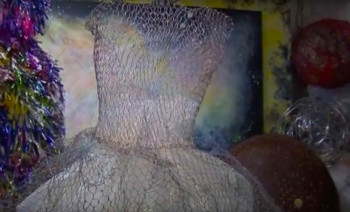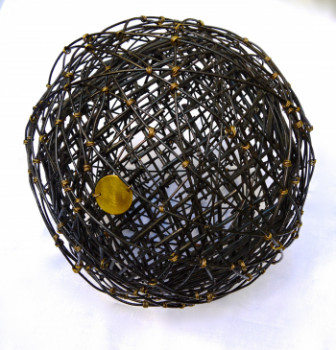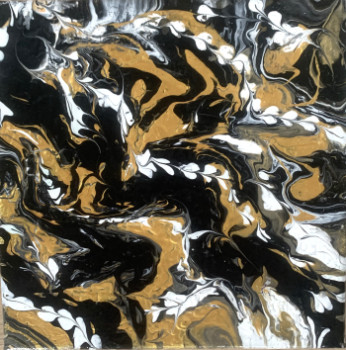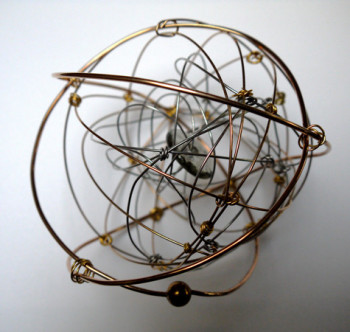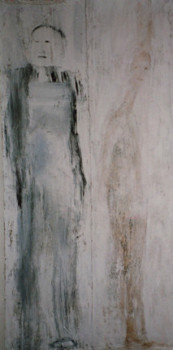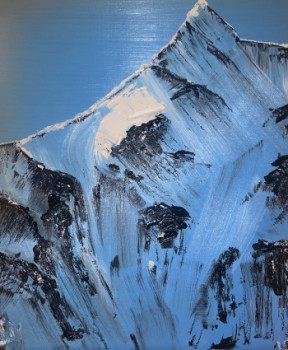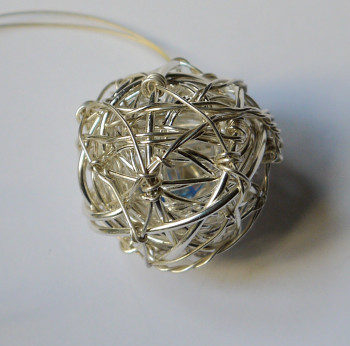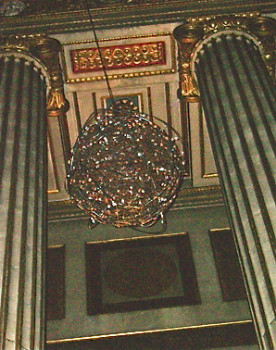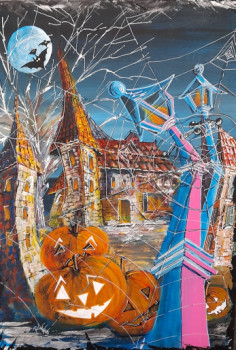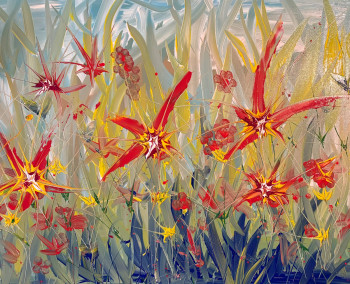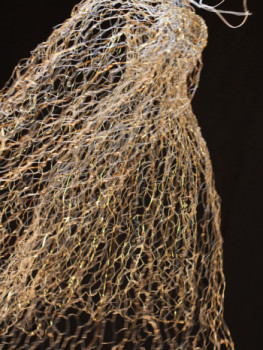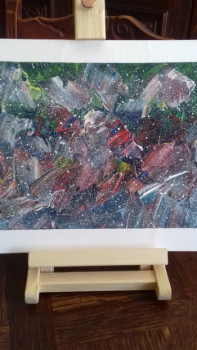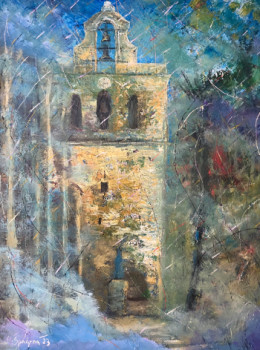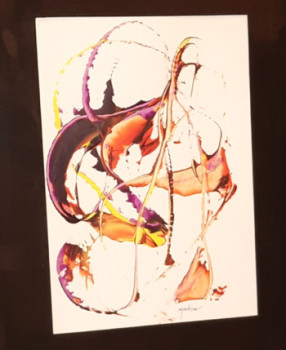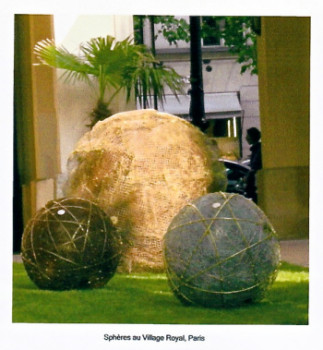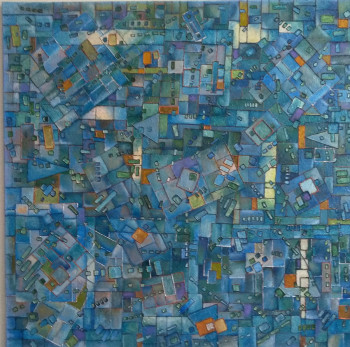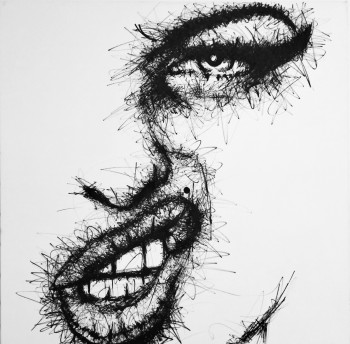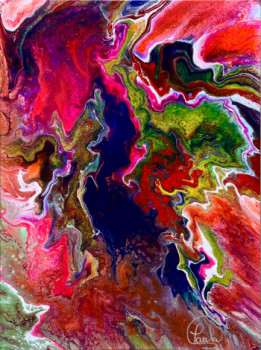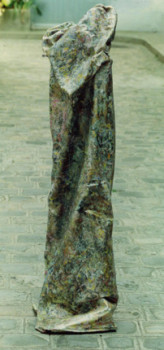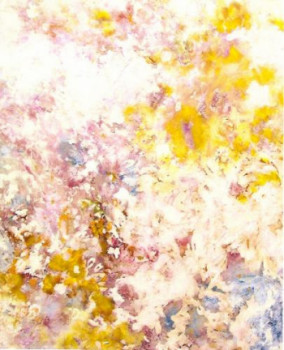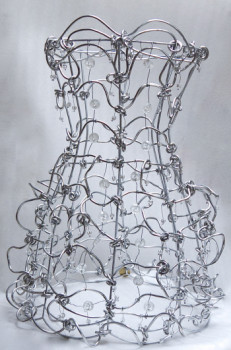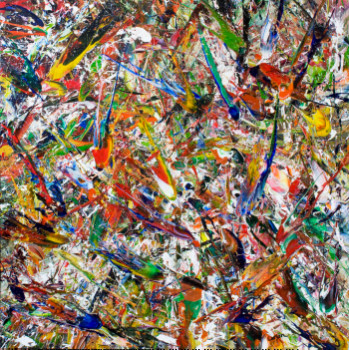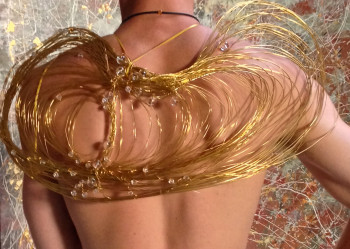
Presentation of Jackson Pollock
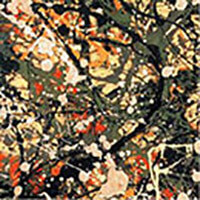
Today, Artactif lets you discover American abstract expressionism with the painter Jackson Pollock, the master of dripping and all-over painting.
A key figure of abstract expressionism in the United States
Jackson Pollock was born in 1912 in Wyoming, and became known as a figure of the abstract expressionist movement in the United States.
He is best known for having invented the technique of action painting. He used creative techniques to convey feelings and reduce stress during the early years.
In 1930, he moved to New York with his brother and became a student there. the Art Students League. He also studies sculpture and is engaged in sculpture. to decorate public structures.
Native American influences and abstract expressionism
Jackson Pollock quickly strays from the ordinary and immerses himself in his own unique forms of creative expression. Unpredictable student, renowned for his for his violent temperament due to his dependence on alcohol, he quickly moved away from it. conventions and immersed himself in in his own unique forms of artistic expression. Pollock, who grew up in Arizona, became interested in all his life art and Native American culture. He first exhibited his works Manhattan in the early 1940s. He married another painter, Lee Krasner, in 1945.
Jackson Pollock begins became interested in abstract methods in 1947 and became one of the founding members of the expressionist abstraction movement. "Painting No. 5", completed in 1948, is the best-known work of this artist. His paintings from the dripping era (from 1947 to 1951), have been widely exhibited. Made by placing fiberboard on the floor and splattering, spreading, dripping, throwing and pouring paint onto the surface to form an image.
The painter died; during a traffic accident in August 1956, leaving a legacy of a massive and well-known art collection.
Jackson Pollock n° 5, 1948: a masterpiece
It's time to analyze one of the most emblematic works of this painter.
The creation of the work
Work No. 5 by painter Jackson Pollock was presented in Made in 1948, during his dripping period.
Pollock used as canvas a large fiberboard board measuring 2.44 m by 1.22 m. He applied a light brown varnish on the panel. The painter used Stacked layers of black, white, gray, red and yellow oil to cover the entire canvas. When the visitor looks up at this massive sculpture and chooses a colored thread to choose from, follow, he is immersed in in Pollock's emotions, which flow continually along the lines of this complex painting.
Colors have been adjusted. poured and filled with dynamic movement, similar to the surrealist style of automatic writing, but the actions were regulated at the same time to give a representation of a nest similar to that of a nest. that of a bird. The painter’s use of a set of liquid paints contributed to his success. to the development of abstract expressionism.
A record sale
One of the best-known works of Abstract Expressionism in the United States is the n° 5 by Jackson Pollock. It first belonged to Samuel Irving Newhouse Jr then at David Geffen. The latter held it for a certain time before selling it to David Martinez in 2006.
The property of n° 5 by Jackson Pollock is today unknown, since various specialists maintain that Martinez no longer possesses the painting.
One element, however, remains certain: the sale of the work to the public. 140,000,000 USD in 2006 was a new record. It broke the previous record of 135,000,000 USD.
Abstract Expressionism
Abstract expressionism is a style of art that emerged from in the United States immediately after World War II. The New York School is a group of American artists who represented the New York Abstract Expressionists in the 1950s.
American Abstract Expressionism is conveyed by American abstract expressionism. in the visual arts by the method of drip painting. drop, as in the work n° 5 by Jackson Pollock. Pollock won the nickname "Jack The Dripper" because he was as well known and important in this movement as Jack the Ripper was in the streets of London!
Dripping or drop painting drop
Drip paint Gout is known for its liveliness, even its flamboyance. Picabia, Paalen, Masson and Miró were among the first to use it, although Pollock's name is still closely linked to it.
Drip paint gout consists of; to flow or to Pour paint onto a canvas placed on the floor. The ability to from the artist to create the illusion of homogeneity despite Using multiple shades is crucial for this method.
The work of Jackson Pollock, who also used delicate movements to imbue the canvas with interwoven hues, thus creating active effects, is frequently called "casting". As he applied the colors, Pollock moved almost like a dancer. Pouring was his preferred method because it was more dynamic than drip painting. drop.
All-over painting
The works of Jackson Pollock created between 1947 and 1950, including the famous no. 5, are classified among all-over paints. There is no defined top or bottom in an all-over painting, because there is no prominent center of interest. The canvas should be treated as if it were a flat surface.
The term "all-over" appeared in the 1950s, in the early 1950s. around the same time as action painting, a kind of abstract expressionism that emphasized the importance of body language. Pollock's works skillfully combined the two approaches, his uniform treatment of the canvas reinforcing the expressive movements of action painting, such as projected paint appearing to extend beyond the confines of the painting.
Découvrez quelques oeuvres inspirées de Pollock



